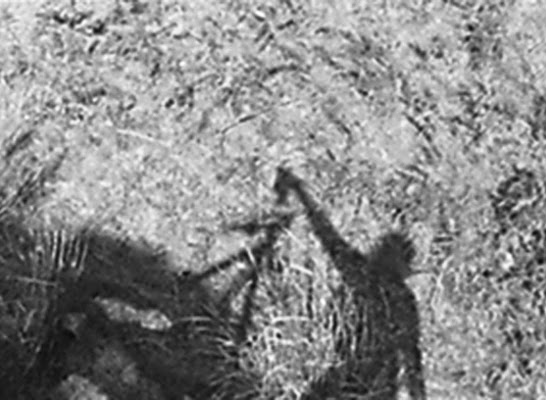During this lesson with Rosie, we were briefed about the project and tasks we must do.
Summary of the brief:
The unit, Maps and Journeys requires us to explore the metaphor of ‘journeys’ and to investigate narrative and non-linear ideas. We should look at the concept of ‘journey’, and how it can be interpreted, for example thoughts, memory and psychogeography. We are allowed to work as a group or on our own, which is something I will need to think about, as others may have similar ideas to what I have and we may be able to merge our ideas.
Key dates and Assessment:
. Possibility of a field trip to London on the 16th or 17th of October.
. Project approval will be on the 23rd of October.
. Final Assessment will be on the 11th/12th of December.
We were then screened a variation of films, which may give inspiration for our project.
London Orbital (2002, Iain Sinclair)
When watching this film, I enjoyed the hallucinogenic, dream like feel to it, through the use of
blurred visuals and music. For me, the film really emphasised the boredom and dullness of M25
through the slow camera work and radio broadcast that somewhat haunted the piece throughout. This
made the film almost uncomfortable to watch at points. Through the use of CCTV and handheld
camera work, the viewer is made to get a feeling that we are always being watched, which relates to
the modern day because of the over use of CCTV and how we cant go anywhere without being
watched.
Measures of Distance (1988, Mona Hatoum)
This film for me felt like a reflection of a woman's loneliness, being stuck in a country away from her
parents, because of war. The letter being placed over the film for me made the film feel more
personal and made the piece a very interestingly visual piece. The use of images of her mother adds
to the personal feel to the piece. The piece talks very strongly about the war, and how it has effected
her mother. I felt that the film gives an audience emotional response because of the nature of the film
and the visuals that support it.
The Frame (2005, Chris Welsby)
Seven Days (1974)
At Sea (2003)
I was fascinated by Chris Welsby's work because of the camerawork and early use of stop-frame
animation. I liked the fact that he built his own rigs to effectively get the shot he wanted. Chris
Welsby worked with nature on most of his short films. For example, in his piece 'Windmill II', he
took the camera, placed it on a tripod and filmed a windmill blowing naturally in the breeze. I
Found the results quite interesting and the flashing lights from the windmill made the film somewhat
hypnotic and artistic.
Installation Art
Rosie showed us some Installation art and these are some of the pieces I found really interesting.
The Creators Project (Chris Milk, 2012)
Chris Milk, teaming up with the team from 'The Creators Project' and Creative Director Ben
Tricklebank, have produced an interactive installation piece that allows anyone to become different
things. For example one screen allowed the person to grow wings, whilst another screen involves
lots of small birds flying around the screen, depending on your movement. Some of the technology
was quite simplistic, for example the use of Microsoft's 'Kinect' camera's. The piece itself is
somewhat spiritual, through the progression of life (Birth, death and regeneration).
Blind Light (Anthony Gormley, 2007)
I found this art installation piece quite interesting because of the visual work put into the piece. The piece is somewhat Ghost-like, through the use of 'fluorescent light, toughened low-iron glass, ultrasonic humidifiers, aluminium, water'. When researching into the piece, I found out that it was an expression of "vertigo and disorientation - and also a bit of euphoria". I feel that this piece certainly achieves this.














